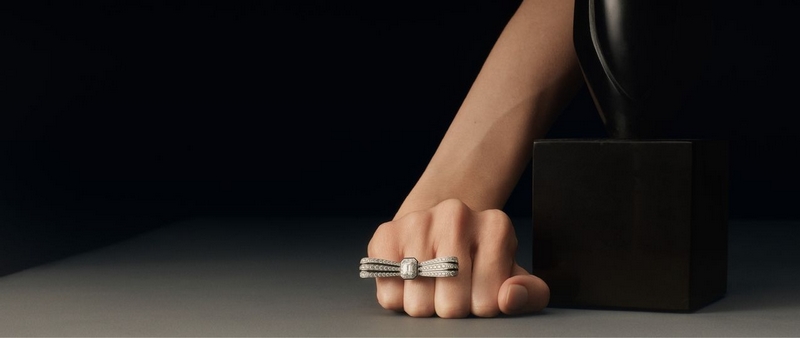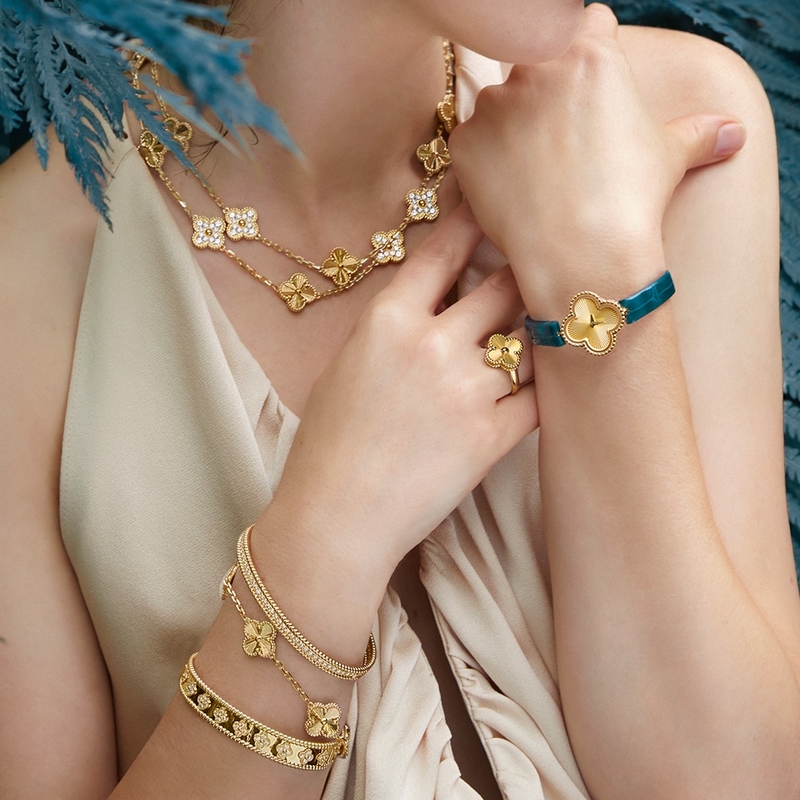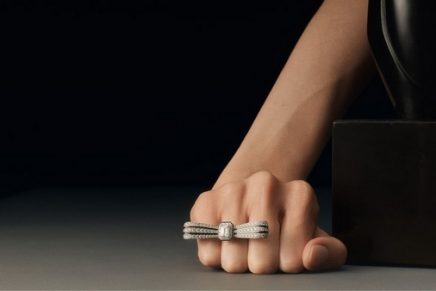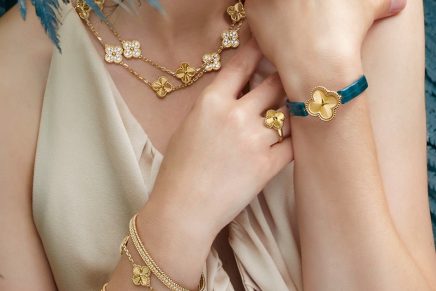Diamond industry suffered during the Covid-19 crisis but fared better than the personal luxury market overall. Report
Diamond industry poised for rebound in 2021.
Lockdowns, travel restrictions and economic uncertainty pushed diamond jewelry sales down by 15 percent in 2020 with most of the decline happening in the first and second quarters. But faced with store closures, diamond retail sales pivoted online, and benefited from consumers who could not spend on travel or experiences choosing diamond jewelry instead. Demand returned during the fourth quarter, culminating in a strong holiday season across the globe.
According to the findings of Bain & Company and the Antwerp World Diamond Centre’s (AWDC) tenth annual Global Diamond Report 2020-2021, the diamond industry proved its resilience in the face of an economic downturn as consumers continue to see its value. The boost was driven by holiday jewelry sales, particularly in the US and China,which saw a 5–10 percent and 15 percent –20 percent rise in the fourth quarter, respectively, year-on-year. Diamond jewelry is expected to perform better than the global personal luxury industry in 2020, with only a 15 percent drop compared to a 22 percent decline in luxury.
The new year started on a strong trajectory and growing market confidence. Bain perspective is that the Chinese diamond jewelry retail market will recover in early 2021, while other developed countries will reach pre-pandemic levels in 2022–23. Retail recovery in emerging countries will follow a year later.
There is still a lot of economic uncertainty ahead.
The current crisis could be more severe than 2009, and a double-dip recession is possible. Full recovery and a return to historic growth trajectory isn’t expected until 2022–24. Three factors will impact the pace and shape of the recovery: epidemiology, government policy response and consumer response
Rough diamond production continued its downward trend, falling to 111 million carats. After peaking at 152 million carats in 2017, rough diamond production has declined by about 5 percent per year. In 2020, production decreased by 20 percent compared to 2019 levels. Notwithstanding changes, the mix of diamonds remained largely constant, with medium and large diamonds accounting for 25 percent of production volume in carats but around 70 to 80 percent in value in US dollars.
“In 2020 the diamond industry as a whole unexpectedly benefited as consumers unable to spend on experiences or travel used those funds for items such as diamonds, which are considered a tangible physical investment,” said Olya Linde, a partner in Bain & Company’s Energy and Natural Resources practice. “Our research found that more than 75 percent of consumers intend to spend the same amount or more on diamond jewellery than before the crisis, indicating a strong, ongoing emotional connection with the diamond story.”
Online sales jumped but bricks-and-mortar remains important.
Covid-19 accelerated the convergence of online and offline channels, forcing retailers to retool operations and reorient the customer engagement experience.
In 2020, up to ~20 percent of diamond retail sales occurred online (up from ~13 percent in 2019). Most consumers (70 percent) use digital tools to research and choose jewelry before they make in-store purchases. Since this trend is unlikely to fully reverse after the pandemic, retailers must invest in digital capabilities, delightful online shopping experiences and seamless omnichannel or phygital interactions.
Despite the increase in online sales and a strong preference for online research before making purchases, nearly all consumers (90 −95 percent) still prefer to buy diamonds in brick-and-mortar stores and these continue to remain critical to retailers’ omnichannel strategies. Consumers value the opportunity to see and touch jewelry, and they benefit from in- person advice and other personal services. The online share of diamond jewelry sales is still low compared to other luxury and consumer products.





